Yesterday, XPeng P5 officially announced its price and further disclosed some details of the battery system. Based on the collected data, I have made some summaries.
Overall, this generation of batteries is an iteration from XPeng’s G3 cylindrical, G3 square shell standard module to the large module CTP.
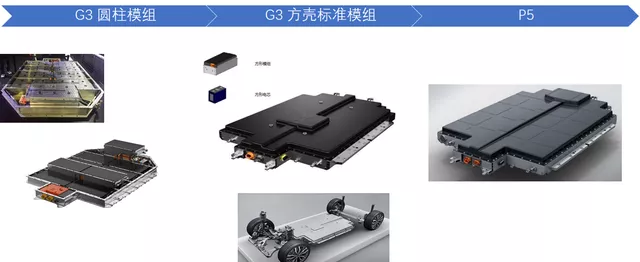
Battery System
In the press release, XPeng P5 uses the latest self-developed safe battery, which not only has an ultra-wide temperature range of -30℃~55℃ and the highest level of IP68 dust and water resistance but also integrates guard plate armor to prevent collision in the battery pack’s structural safety. In XPeng’s environmental disclosure information, the following data were revealed:
-
Lithium iron phosphate 55.9 kWh, divided into three announcement numbers, corresponding to 450, 460, and 470 kilometers, the battery model is TPLi0555-393/Ningde Times New Energy Technology Co., Ltd.
-
Ternary 66.2 kWh, divided into two announcement numbers, corresponding to 535 and 550 kilometers, the battery model is TPLi0662-381/Ningde Times New Energy Technology Co., Ltd.
-
Ternary 71.4 kWh, divided into two announcement numbers, corresponding to 570 and 600 kilometers, the battery model is TPLi0714-382/Ningde Times New Energy Technology Co., Ltd.
(Note: This model and energy are almost one-to-one corresponding)
The battery system design shown in the figure below consists of 8 double-row large modules and 106 approximately arranged cell chains. According to the figure below, each module has 12 cells, plus an expected long string of about 10 cells at the top, forming the system.
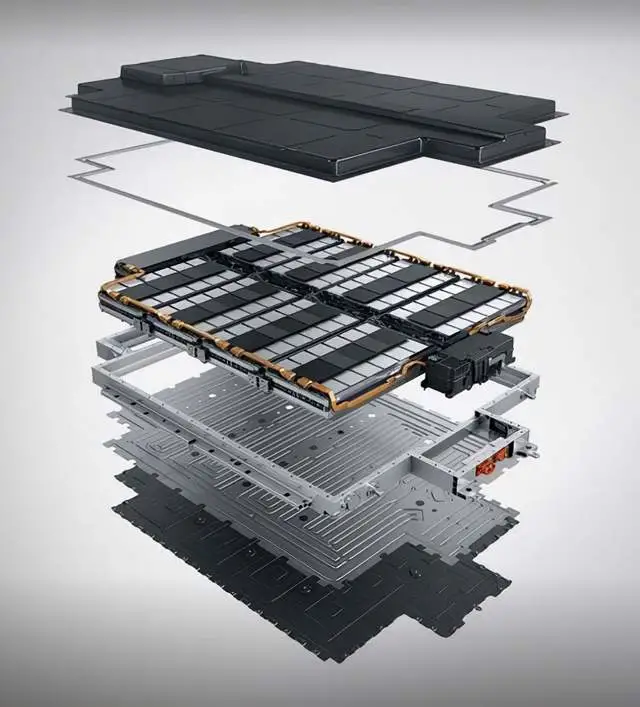
From the rendering, the BDU of this battery system has been modified to some extent, especially the high-voltage connector lock on the battery casing and connected to the BDU.
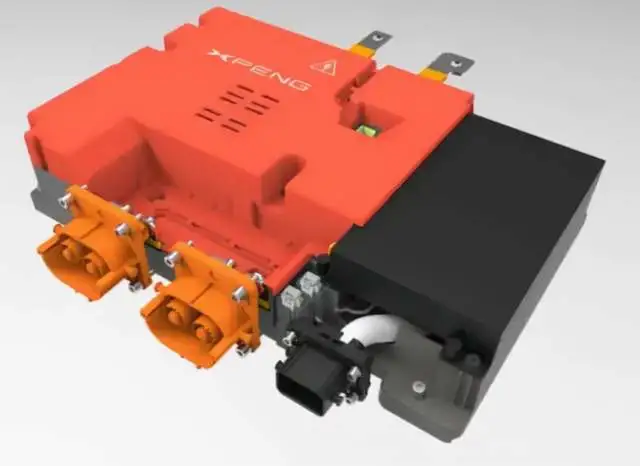 ## Mileage Requirements for Users
## Mileage Requirements for Users
Based on the currently released information, there are no specific points to note. According to information from other channels (I have looked at the appearance of the battery pack, which seems to be quite different from this one), there may be an upgraded swappable version of the P5 battery system for later versions of the P5. The upgrade version is upward opening and the battery system is slightly smaller than this one.
I pulled out the insurance data for different versions of XPeng P7. After setting a relatively uniform price gradient, as shown in the figure below, the demand for the iron-phosphate 60.2 version with a range of nearly 500 kilometers is currently around 1500, which is similar to that of the middle-range version with a range of 586 kilometers. The long-range version with a range of 670 kilometers is the mainstream, at around 3000 or above.
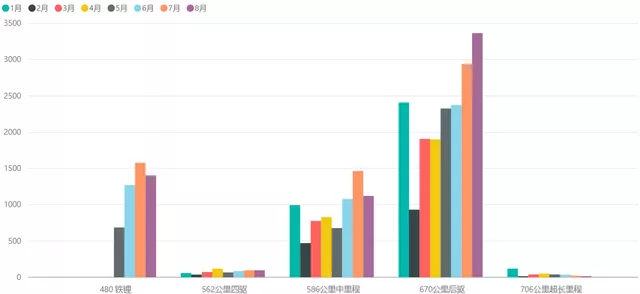
Among all the cars, Tesla is more extreme, as shown in the figure below. Under extreme price configurations, it becomes an overwhelming iron-phosphate version.
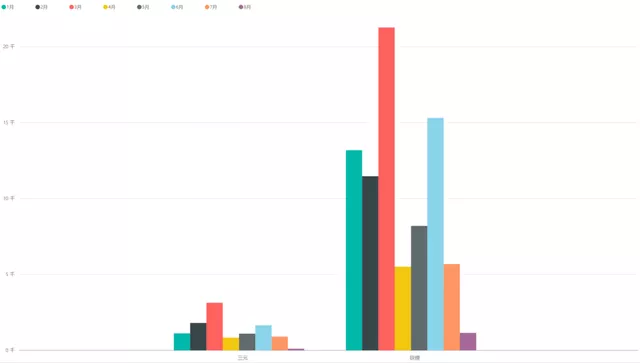
In the limited insurance data for XPeng P5 in August, the distribution is similar to that of P7, with 71.4kWh version accounting for the majority.
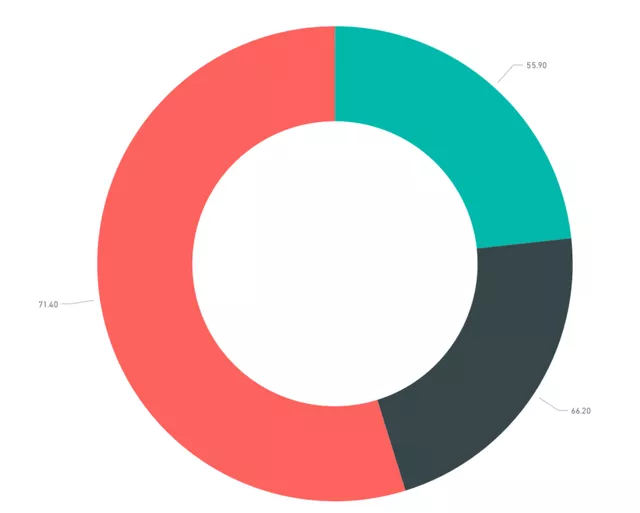
Conclusion: From the current design of battery systems in China, most designs tend to be similar because CATL is leading the overall design direction. The currently vertically arranged battery cells are the same approach. What interests me now is how fast the penetration rate of iron-phosphate will be in different models and classifications.
This article is a translation by ChatGPT of a Chinese report from 42HOW. If you have any questions about it, please email bd@42how.com.